Hi everyone, I am happy to introduce my friend, Vincent, the newest writer on TWG. We met through the SF Travel Hackers Meetup Group (now dormant) and we have stayed in touch over the years. Here is his first post. I hope you enjoy! –Grant
What’s it like taking American’s transcontinental A321T service in economy? It’s pretty good for domestic economy, there’s a responsive IFE, and they serve a complimentary cold meal.
A few weeks ago, I had the need to get back to the East Coast. Instead of flying my usual Southwest, I decided to work in American’s “premium” transcontinental service from SFO to JFK. I purchased the flight using my Chase Ink Business Preferred Card to further progress on my minimum spend requirement for its useful travel benefits. (If you’re interested in this card, I very much appreciate you using my referral links!)
I’m generally not a fan of red eyes as I get terrible sleep on them, but I can’t deny their utility. To my friends which travel frequently for work – or even leisure travelers with a specific schedule in mind – I can imagine them to be a godsend as they “save” an entire day. That is, you’re flying at night and not “wasting” the day.
Note: Since American calls “economy” and “economy-with-more-legroom,” “Main Cabin” and “Main Cabin Extra” respectively, I’ll be utilizing their naming convention for this post. But you’ll know it’s coach/economy.
Flight: AA 18
Route: San Francisco (SFO) to New York City (JFK)
Time: 11:30pm (Pacific) to 8:20am (Eastern) + 1
Duration: 5hr 50m
Aircraft: Airbus A321
Seat: 17F (Main Cabin)
Capacity: 70% Full
Purchasing: When I purchased this ticket about a month ahead of time, the seat map was almost completely greyed out. Frequent travelers know this isn’t necessarily an indication of seating availability, and that the map could open up closer to departure. Especially true as elites clear into better seats (Main Cabin Extra), or maybe even a better cabin.
As expected, a few days before departure, I checked the seat map again and easily selected a window seat in the first row behind Main Cabin Extra. I usually like aisles but a window seemed like a better choice for a night time flight to prioritize sleep. Out of the approximately 72 seats in economy (12 rows of 6), there were about 10 other seats available, half of which I would have considered appealing. I took this as a pretty good sign in terms of load.
All the major domestic carriers run special service between the biggest coastal cities. On these routes, O/D traffic is so sufficient and premium demand is so strong, that they’re able to fly premium-heavy aircraft non-stop. NYC-LAX is an obvious one, and probably NYC-SFO as well. Some carriers have niche routes (which I assume more deftly suit their strategy or demographic), such as Delta having WAS-LAX, Alaska having BOS-SEA, and JetBlue having LAX-FLL.
Check-In and Boarding: American flies from SFO’s T2, which it shares with Alaska, and I find it to be the nicest of the four terminals (T1, T2, T3, and Intl). SFO is very much an out-station for the airline as it only flies to seven cities (all hubs) nine cities (mostly hubs). Boarding was scheduled for 11:00pm–a half hour before departure, as usual–but by the time I arrived to the gate at 11:07pm, I was one of the last to get on the plane. Note to self: Arrive earlier when flying low-density aircraft (explained next).
Seats: American’s premium transcontinental configuration is very low-density. About half the plane’s real estate is dedicated to premium passengers in 5 rows of first (1-1 seating), 5 rows of business (2-2 seating), and just 12 rows of economy (3-3 seating). That’s 92 102 passengers, max, and boarding doesn’t take long. For comparison, JetBlue’s all-economy A321 seats 200 passengers, and Wow Air’s seats up to 220. (Not knocking JetBlue, they’re awesome. Wow Air, on the other hand…)

The Main Cabin on American’s A321T is only half the plane: the rest is business and first. This economy mini-cabin felt very intimate. (Image Source: seatguru.com)
The economy section is a “standard” 3-3 seats on each side. They were clad in a handsome blue cross-hatch fabric and drab grey leather headrests. Seat width is 17.3″-17.7″, and pitch is 31″. In Main Cabin Extra, the pitch is improved to 35″. I sat in a normal Main Cabin seat and I’d say the seat felt neither spacious nor constrained: just standard.
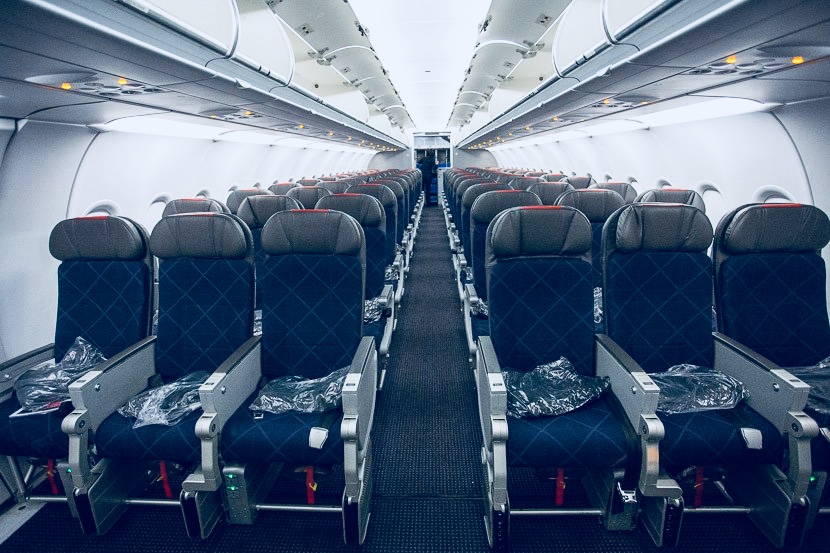
Main Cabin seats from the front. Each seat had a packaged blanket ready. (Image Source: thepointsguy.com)
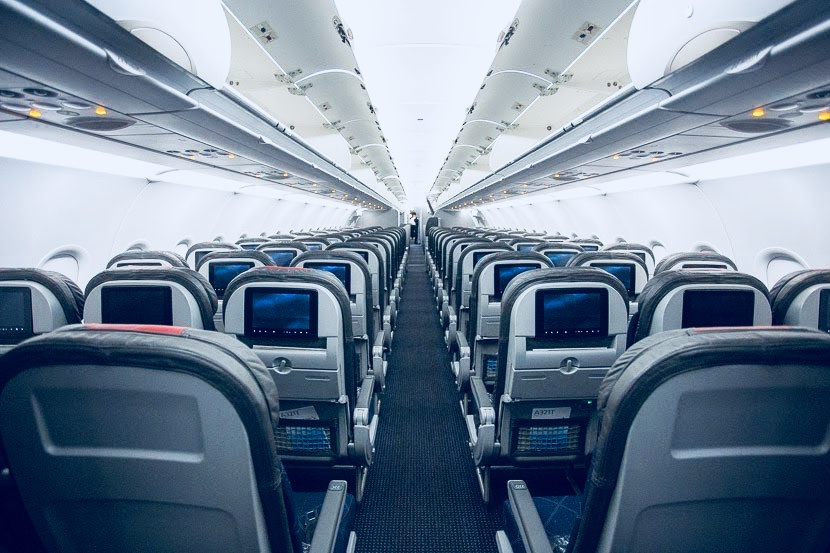
Main Cabin from the back. Each seat has a second-generation IFE built in. (Image Source: thepointsguy.com)
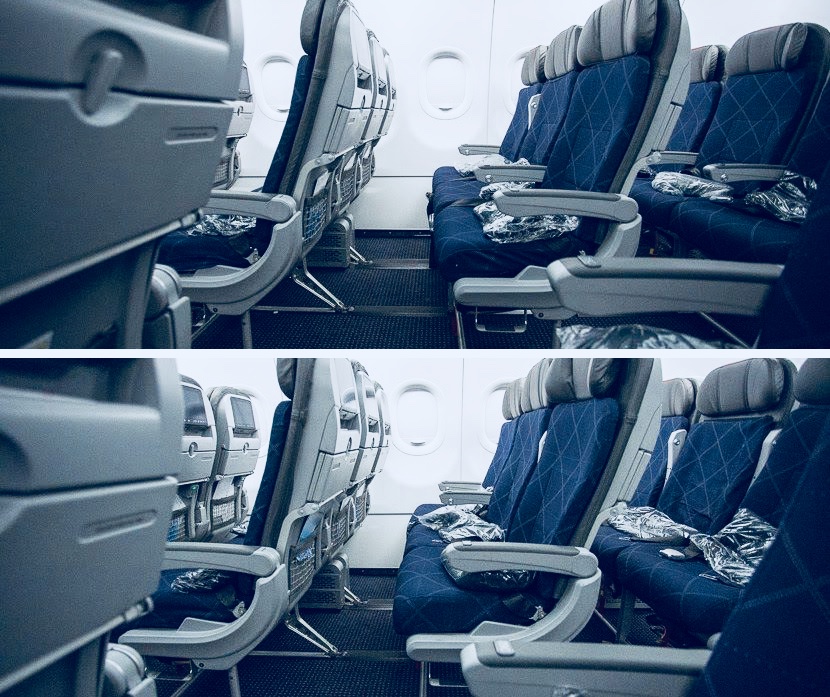
Main Cabin Extra (top) vs. Main Cabin (Bottom). You get a few extra inches, which some people like. (Image Source: thepointsguy.com)
Staffing: I noticed the flight attendant presence was constant. Broadly speaking, the FAA requires one crew member per 50 passengers*, and our 92 passengers had at least four, likely because of all the premium seats. Two were assigned to the Main Cabin, and interestingly enough I found their attention almost too attentive. At an estimated 70% full, the main cabin only had ~50 passengers, for an FA ratio of 1:25. One of the two was especially resourceful; anecdotally I wonder if better-trained crew join these “premium” routes.
*In reality it’s more complicated than this, but that’s the gist.
Entertainment and Power: Unlike many domestic flights–and generally going the way of the dinosaur–all economy seats had a pretty good “second-generation” IFE. I didn’t watch much but the selection looked above average. The seat also had a regular power-outlet which probably worked.
Food and Drink: Usually domestic economy in the US only gets you a soft drink and maybe a snack. But taking Delta’s lead (Delta was first on this), American serves complimentary meals to the Main Cabin on their premium transcon routes. Though of the legacy-three, American’s offering is probably the most limited. On this flight, passengers could choose between a cheese plate and a wrap with chips and a cookie. United and Delta serve a fuller meal not too unlike the kind you see on international flights. I’ve had the cheese plate before, so this time I went for the wrap.
I settled on a ham + swiss wrap which tasted better than it looked. It was kind of like those “Hye Roller” deli platters you get at Costco. I’d say 6 out of 10, perfectly serviceable. +2 curve for airplane food, leaves it at an 8 out of 10. I like Kettle chips so that helped.
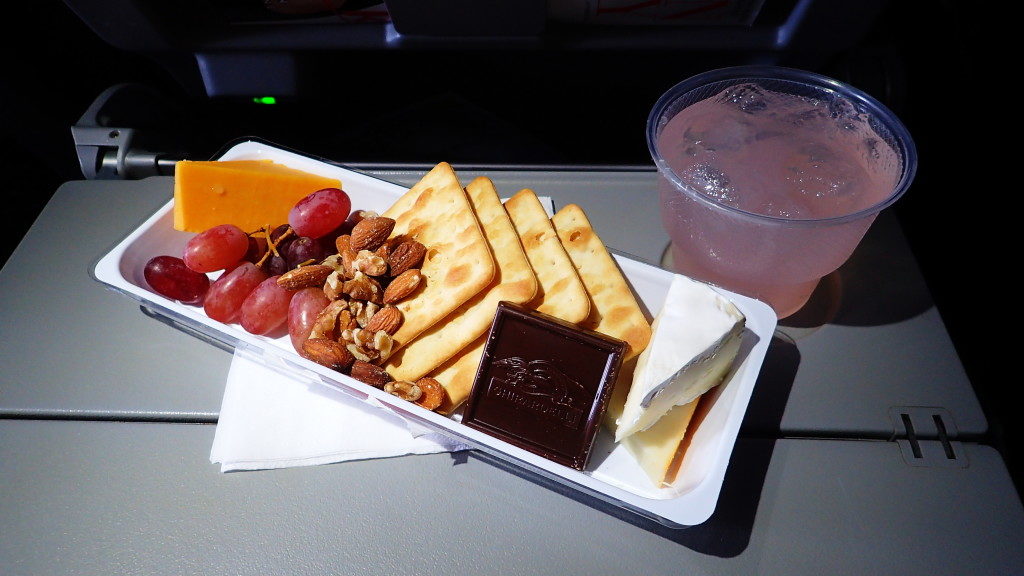
American’s Cheese Plate option. (Image Source: endlesswatts.com.)
While United and Delta’s meals on transcons are different from the existing “buy on board” items, American’s is just the buy on board items. The cheese plate and wraps you see in the “food-for-purchase” menu on other domestic flights? You get one of those. A hot meal is always more welcome, but I can understand why American might not request special catering. As they only have two domestic routes where they deem meals complimentary, perhaps they didn’t find it worth widening the scope of their catering contract to accommodate these two unique routes. Instead, they just stock a few more wraps–enough for the whole plane. As a point of reference, the free Cheese Plate is usually $8.99–not sure about the wrap box but it’s probably similar.
It’s worth noting that Delta serves complimentary meals on 7x more domestic routes than American–and its proper hot food. American and Delta will serve everyone in Economy a meal, whereas United only serves Economy Plus. Here’s a summary of each airline’s complimentary-meal routes:
- American: All Economy, Cold Meal, 2 routes (JFK to/from LAX and SFO)
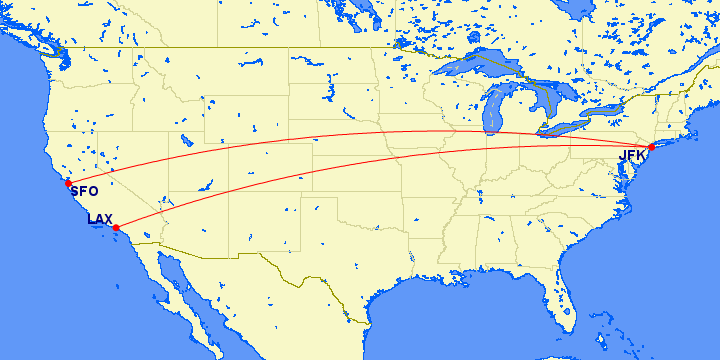
- United: Economy Plus Only, Hot Meal, 3 routes (EWR to/from LAX and SFO; BOS to/from SFO)
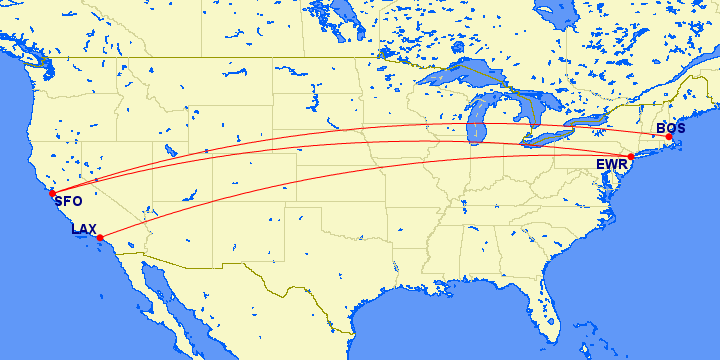
- Delta: All Economy, Hot Meal, 15 routes (JFK to/from LAX, SFO, SAN, SEA, PDX, etc.)
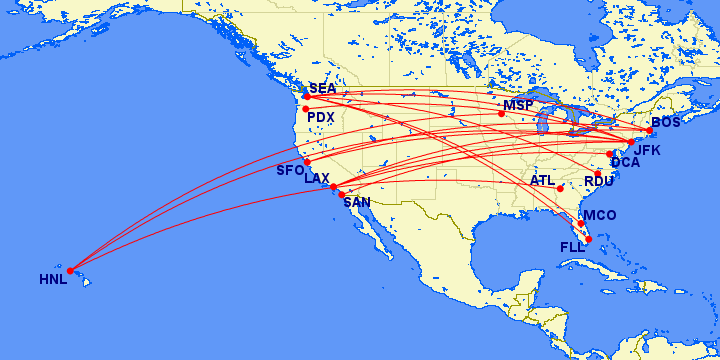
At the time I wondered if they would still serve a meal given the late nature of this flight. Would they just let people sleep? Ultimately they did serve, I assume for sake of consistency. Is it weird eating essentially a packed-lunch at 1 to 2 in the morning? To me, not really. If you’ve ever gone out drinking and found yourself at a burrito joint at 3 in the morning where your friends are packing down the nachos, then this is no different. :) I’m quite the night owl anyways so a late night snack was fine by me.
After I ate, I caught a few hours of sleep. This was an east-bound red eye, blocked at 5 hours and 50 minutes, but only expected to take 4 hours and 45 minutes.
This isn’t exactly in the scope of the post, but I woke up several hours later to find us circling endlessly over Pittsburgh (as the interactive flight map showed) due to fog @ JFK, and we ultimately had to divert to Hartford. One of the flight attendants quipped that after ten years, this would be her first diversion ever.
Conclusion: SFO-JFK on American is a great way to get cross country. Depending on where you’re coming from in the Bay Area and where you’re going to in the New York area, the selection of those particular airports may or may not be to your interest (Delta does SFO-JFK too). If you prefer SFO-EWR, United also offers a similar service, and if OAK-EWR suits your geography, even Southwest has entered the fray with a once-daily service in each direction. Southwest does not use fancy configurations, offer IFEs, or food though. But I’m kind of a Southwest fanboy, so there’s that. Ultimately I did find this to be a touch more “premium” than a typical domestic flight, but there may have been some confirmation bias.
What do you think? Would you prefer a “premium” transcon over a normal transcon? And what’s your take on red-eyes, love ’em or hate ’em?
If you have any questions about this flight, please leave a comment below. And if you’re interested in either the Chase Ink Business Preferred Card or Chase Sapphire Reserve Card (no longer offering referrals) , I would be grateful if you used my referral links. Thank you for reading my first post!
All photos from the author unless otherwise noted.


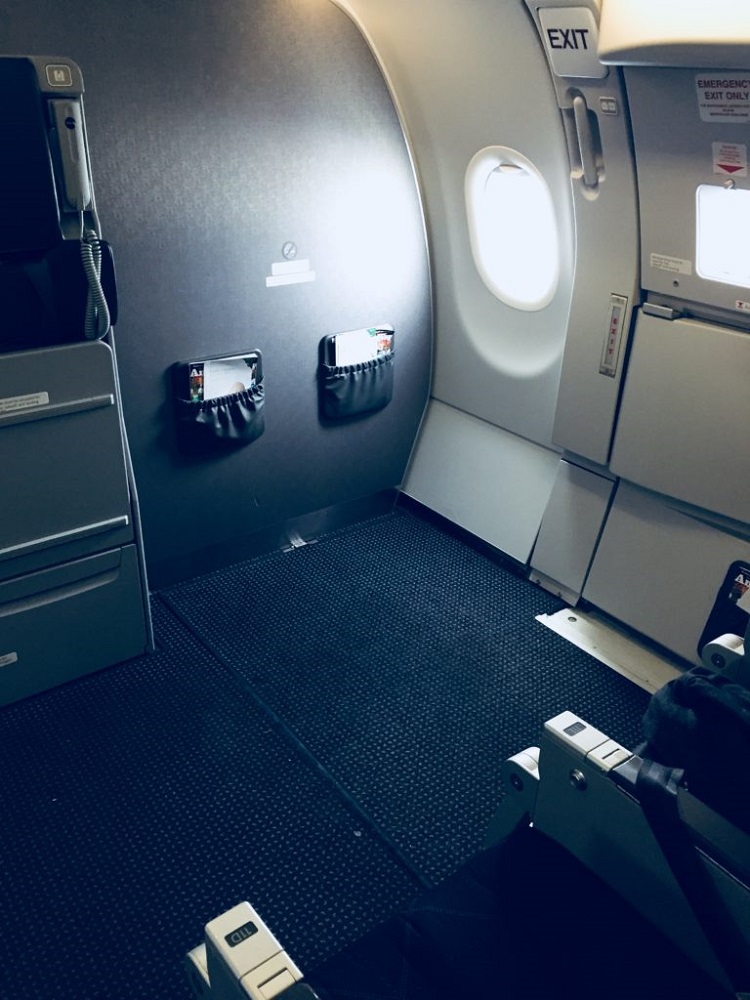
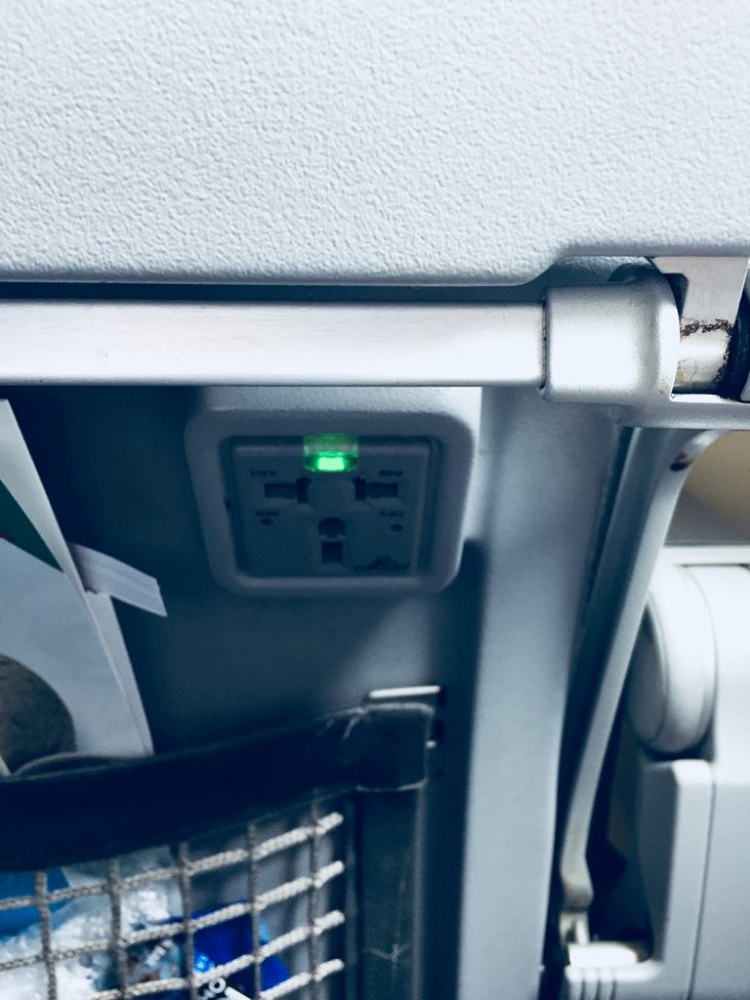
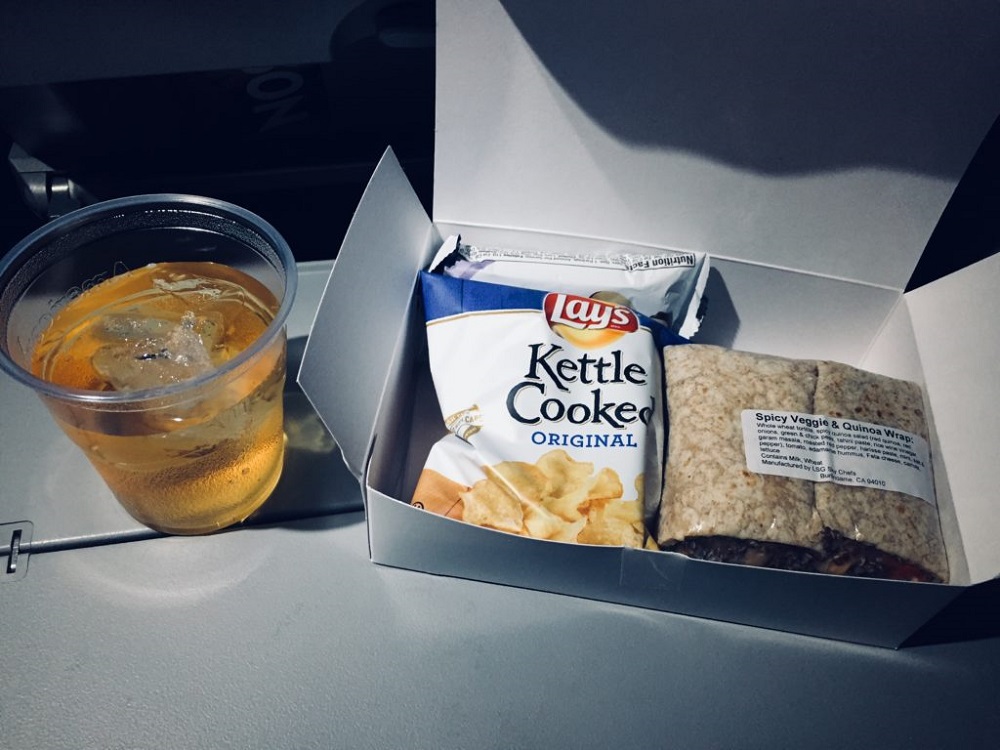
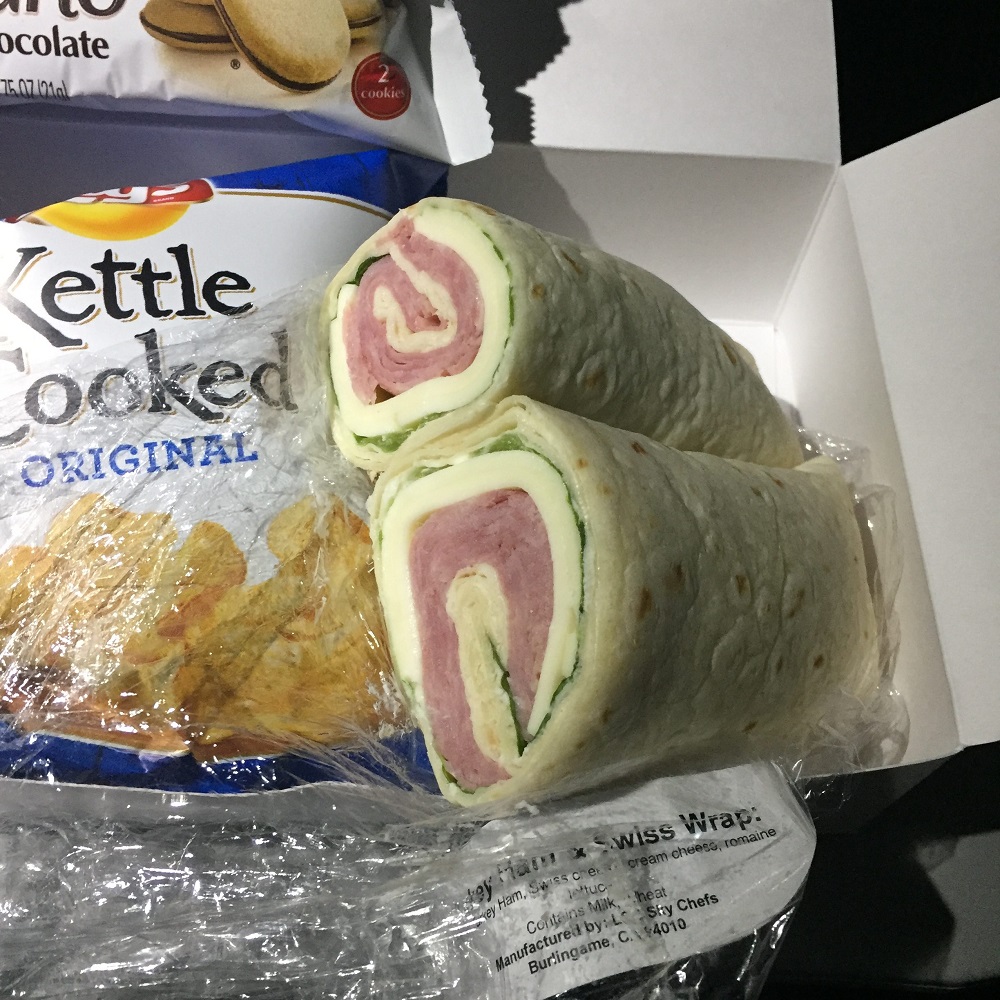
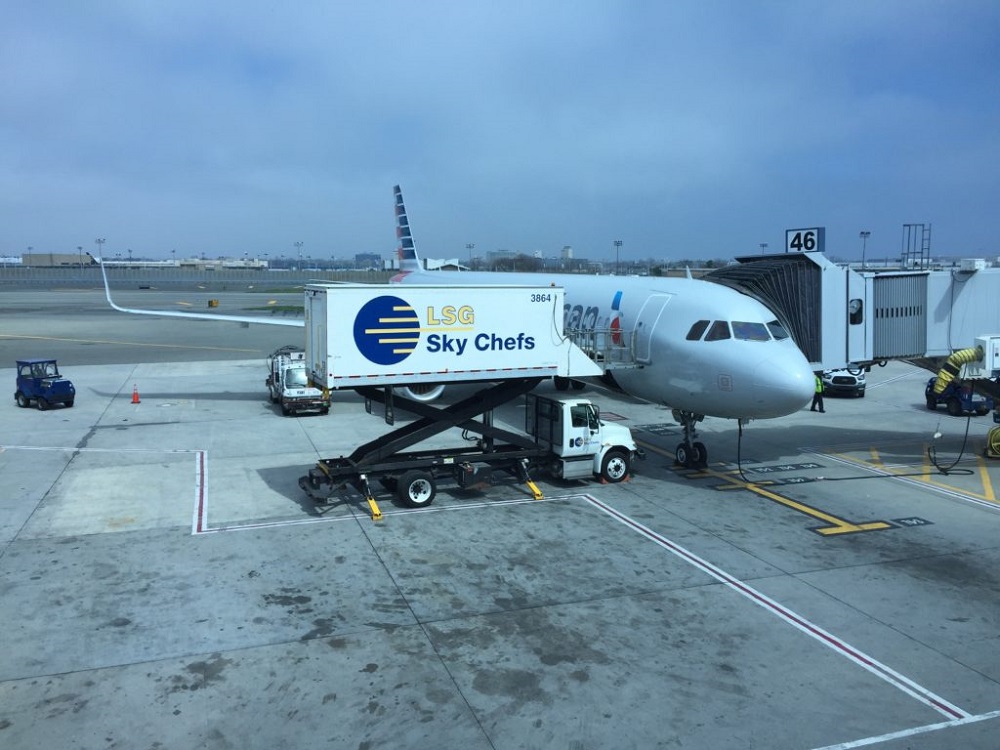
SFO terminal 2 is the best terminal. One correction.
AA flies to 8 out stations: LAX, PHX, DFW, ORD, MIA, JFK, ORD, & PHL
Thanks for pointing that out! Looks like we were both wrong: it’s actually 9 out stations.
West: LAX, PHX, LAS
Central: ORD, DFW
East: MIA, CLT, PHL, JFK
AA and JetBlue are great for transcons. But Southwest, yikes. Haha. I prefer them strictly on one hour flights or less.
Yeah I think I’ve just gotten used to them (Southwest). Have you flown transcon in AA or JetBlue’s premium cabins?
I presume that you meant that the flight was non-stop, not direct ala Southwest using the same plane but with a stop.
Yes you’re right, fixed!
There are 102 seats and not 92 seats on the A321T:
5 rows at 1×1 First=10
5 rows at 2×2 Business=20
6 rows at 3×3 Main cabin extra=36
6 rows at 3×3 Main cabin= 36
Total = 102
Fixed! Sorry, I can’t math sometimes.
I would love a SF Hackers meetup group and happy to help organize. Why did it die?
Most of the co-organizers (including myself) moved out of SF, and finding meeting space in the city for 30-50 people was challenging.